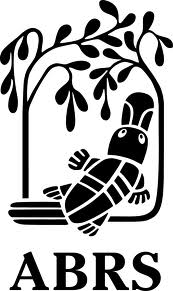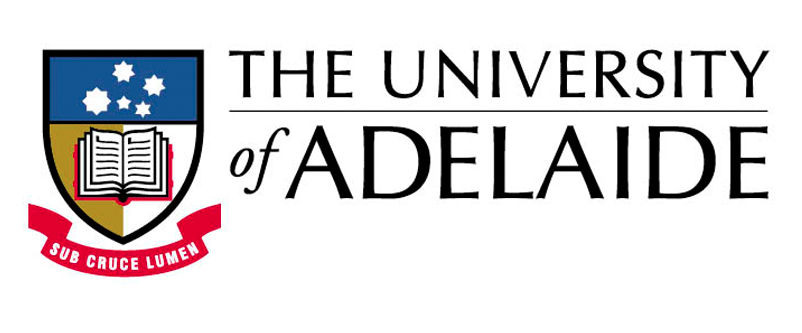Key to Australian Freshwater and Terrestrial Invertebrates
Phylum Mollusca
Class Gastropoda
Informal group Architaenioglossa
Superfamily Viviparoidea
Family Viviparidae
Common names: river snails, viviparids
Overview
Viviparidae, the only extant family in the superfamily Viviparoidea, are medium to large-sized freshwater snails. They have a thick, globose, coiled (almost always dextral) shell, often with spiral banding pattern and a rounded last whorl, a low to moderately high and pointed spire. The operculum is tight fitting, horny, with a concentric nucleus. Eyes are on short stalks at outer sides of tentacle bases. They range in size from 10 to 50mm in shell diameter.
Distribution and diversity
Viviparidae have a worldwide distribution (Europe, North America, Asia, Africa, Australia) but are absent from New Zealand, Madagascar and South America (except as fossils). From Australia there are six described species in three genera (Centrapala, Larina, Notopala) from subfamily Bellamyinae, with many other species in South-east Asia. They occur in the large drainage basins of the central and northern regions of Australia and across much of the south-east of the continent (SA, Qld, NSW, Vic). There are no endemic species. There are also a few small populations of an exotic aquarium species in Sydney.
Life cycle
Sexes are separate and fertilisation is internal. Females brood their young in a brood pouch formed from the palatal oviduct in the mantle. Juvenile viviparids are released into the water as miniature forms of the adult.
Feeding
Viviparidae species are grazers of algae growing on submerged surfaces and on fine particulate organic detritus. They also filter feed on suspended organic matter, trapping particles of food in mucus and cilia in their gill filaments which are then carried forward to the mouth.
Ecology
Viviparidae occur in still or slow moving waters, mainly riverine, but some also may be found in temporary water bodies. They are usually active at night and rest during the day and may be found amongst vegetation, in sand or mud or attached to submerged wood. Many species are drought resistant by burrowing themselves in the drying mud and sealing their operculum shut. Several exotic species are widely used in the aquarium trade (�mystery snails�) and one such species, Bellamya heudei from China, has become established in a few ponds and lakes in Sydney. Several local species are considered endangered, in particular, Notopala hanleyi and N. sublimate from the Murray-Darling drainage system, which are virtually extinct due to changes to flow regulation, high turbidity and introduced common carp. These species were thought to be extinct, but a few remnant populations have been rediscovered in irrigation pipelines where they feed on the accumulation of microbial and other organic matter in the pipes. They occasionally cause blockages and these populations are now also threatened by efforts to clear the pipelines.
\Notopala sublineata 2.jpg)
\Notopala sublineata 2.jpg)
\Notopala sublineata.jpg)
\Notopala waterhousei.jpg)






